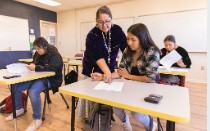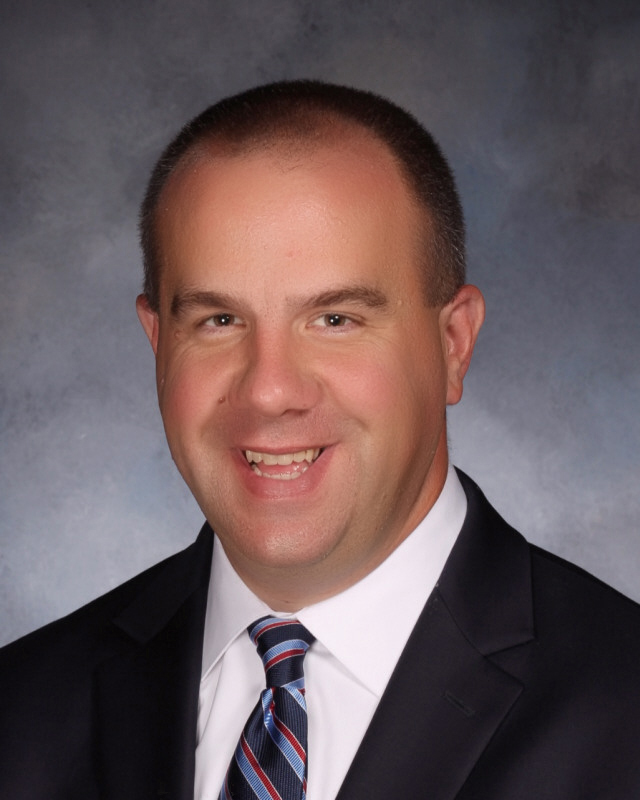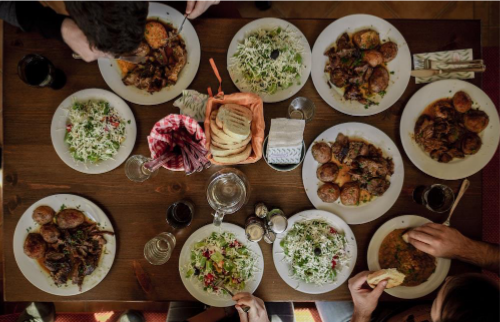Educational Barriers for Native Americans

Native American Children Attend Tribal and Public Schools
October 19, 2022
Formal education for Native Americans can be traced back to long-term boarding schools that ran from the 1860s to the 1960s. These institutions did little to further the lives of Native Americans academically and instead served to assimilate Native Americans by forcibly stripping them of their culture and identity. The government relocated Native American children from their tribal families and forced them into schools that permitted disciplinary punishment if Native Americans were found to be partaking in Native American practices such as speaking their native language, dressing in Native American garments, or practicing their non-Christian faiths. Disciplinary punishment included beatings, starvation, and public humiliation. Schools neglected to consider cultural differences and, instead of supporting them, attempted to eradicate them. Native American children were caught in between two worlds at school, in which they tried to maintain their Native American identity while adjusting to the new world and education system they were subject to. Individuals who forcibly attended these institutions still endure the psychological trauma inflicted upon them. This taints the Native American perspective on education, as many relate mainstream education to their previous experiences.
Unfortunately, the mainstream education that many Native Americans have access to today is still terribly underdeveloped. Many schools that Native American individuals attend continue the perpetuation of a cycle of poverty that has long plagued their communities. These schools have been proven to have heightened rates of dropouts and attendance and consistently display little achievement, academic failure, and mentally unwell student communities.
Native American student Ruth Fourstar described her time at Wolf Point High School in Wolf Point, Montana a place full of broken promises. Ruth was undergoing serious mental health issues and when she turned to the school for help (particularly in tutoring) she was promised aid but never received it and plans that
were set into motion to “improve” Ruth’s High School experience wound up being
about how she should be disciplined rather than how she should be supported.
The conversation about the public school achievement gap rarely features statistics or information from Native American academic institutions. The underachievement felt by students attending schools in Native American areas or reservations has been proven to have a high suicide rate. Native Americans have the
highest rate of suicide among people from the ages of 18 to 24. As limited resources and support persist more Native American students are deprived
of opportunities to improve academically. In public schools, white students have been
proven to be twice as likely to take at least one advanced placement course than
Native American students, but Native American students are twice as likely to be
suspended than their white counterparts.
At Wolf Point High School, in particular, only half of their Native American students graduate from high
school, which reflects the statistic of only 72% of Native American students graduating
reflects the statistic of only 72% of Native American students graduating high school
due to Native American students having the highest dropout rate of all other
demographics. The Bureau of Indian Affairs has released statistics showing that these dropouts occur as early as in the 7th grade.
The nature of these poor academic institutions for Native American students lies
largely with the issue of poverty, a pertinent issue that has ensnared Native
Americans since the arrival of colonists. In the present day, most of America’s poorest
counties have extremely high concentrations of different Native American tribes. In
these households, the median income ranges from $11,000 to $29,000, but 20% of
Native American households have been proven to make less than $5,000 annually. This results in underfunded
schools where Educational opportunities are extremely limited and support systems
are as well. childhood development becomes delayed at an early age because of
limited resources, and this places Native American students at a significant
disadvantage. This Disadvantage continues to determine the success or lack thereof
of Native American students in later years. There is also no solution for this academic
struggle at home, as parents struggle to make ends meet. Many Native American tribes
are currently attempting to create a better foundation for Education within their
communities, but the long-term economical struggles the anchor those communities
down are difficult to ignore and surpass.
The difficulty of improving the current situation regarding education access or Native
Americans lies within the lack of voice many Native Americans feel in America. Early
efforts to improve education like the Indian Education Act of 1972 demonstrate
efforts to better conditions, but there is little that can be done unless States and
municipalities which typically have authority over schools that serve Native American
children, finally listen to tribal input. Former President Barack Obama had deemed Native American children and their limited education to be a
state of emergency in 2014, which he attempted to rectify by passing initiatives on
Native American Education such as the creation of the Every Student Succeeds Act,
which places requirements on states to speak with tribes about educational interests
and pursuits.
While calamitous Federal policies have long placed hindrances on education for Native Americans, these conditions can be
bettered now through a dedication to hearing the perspective of Native American
communities as well as their desires academically. Like all other students in America,
Native Americans deserve access to adequate education and educational resources to
ensure a successful and stable life. Education has the power of helping Native
American communities finally escape the cycle of poverty they were placed in many
centuries ago.













